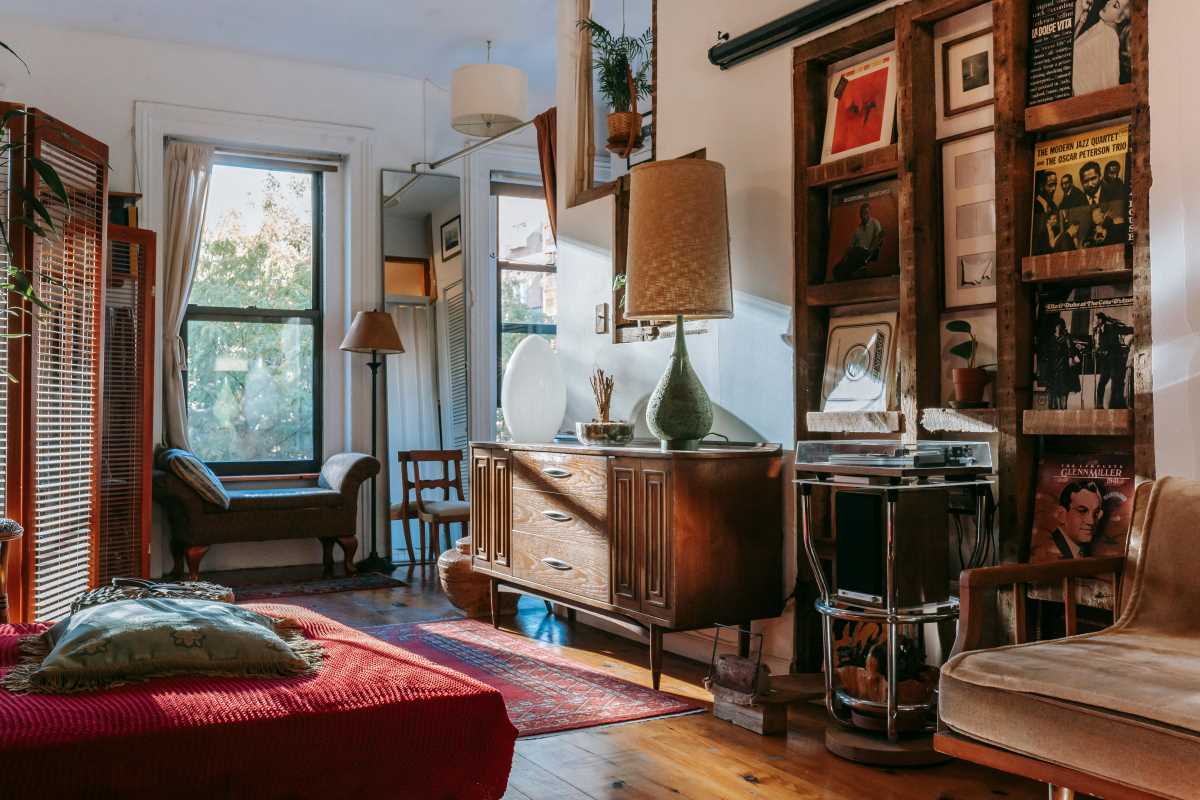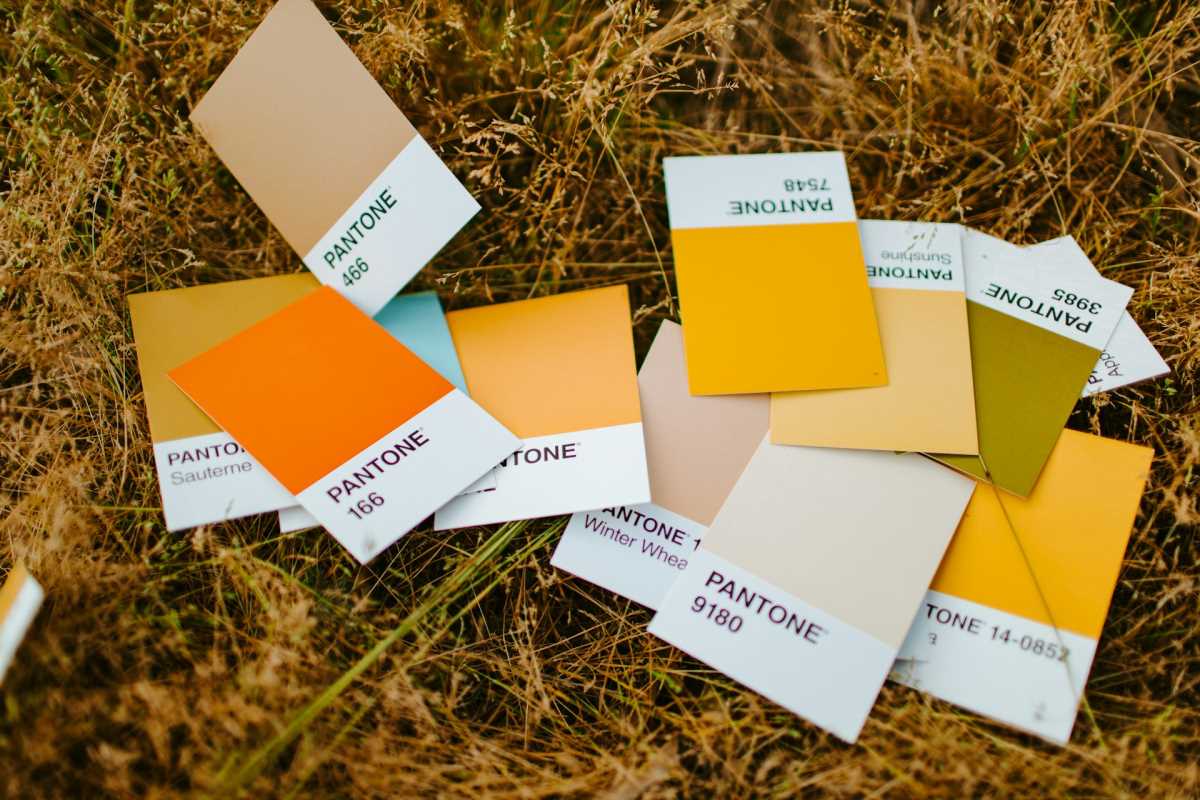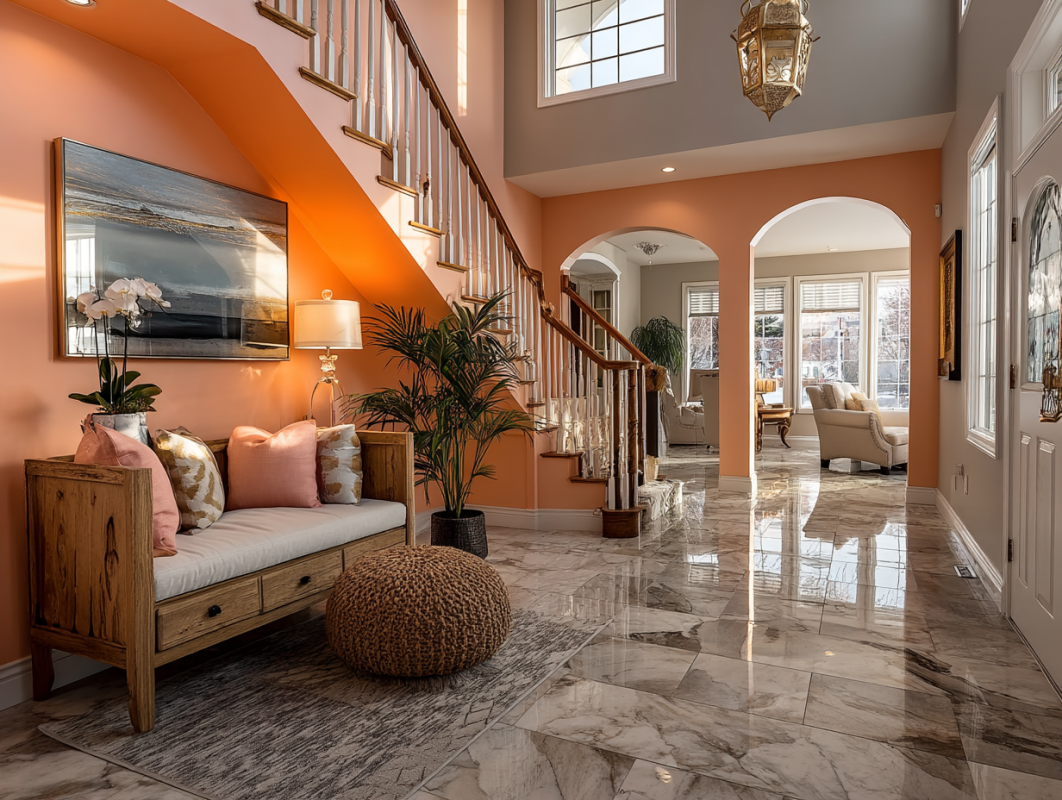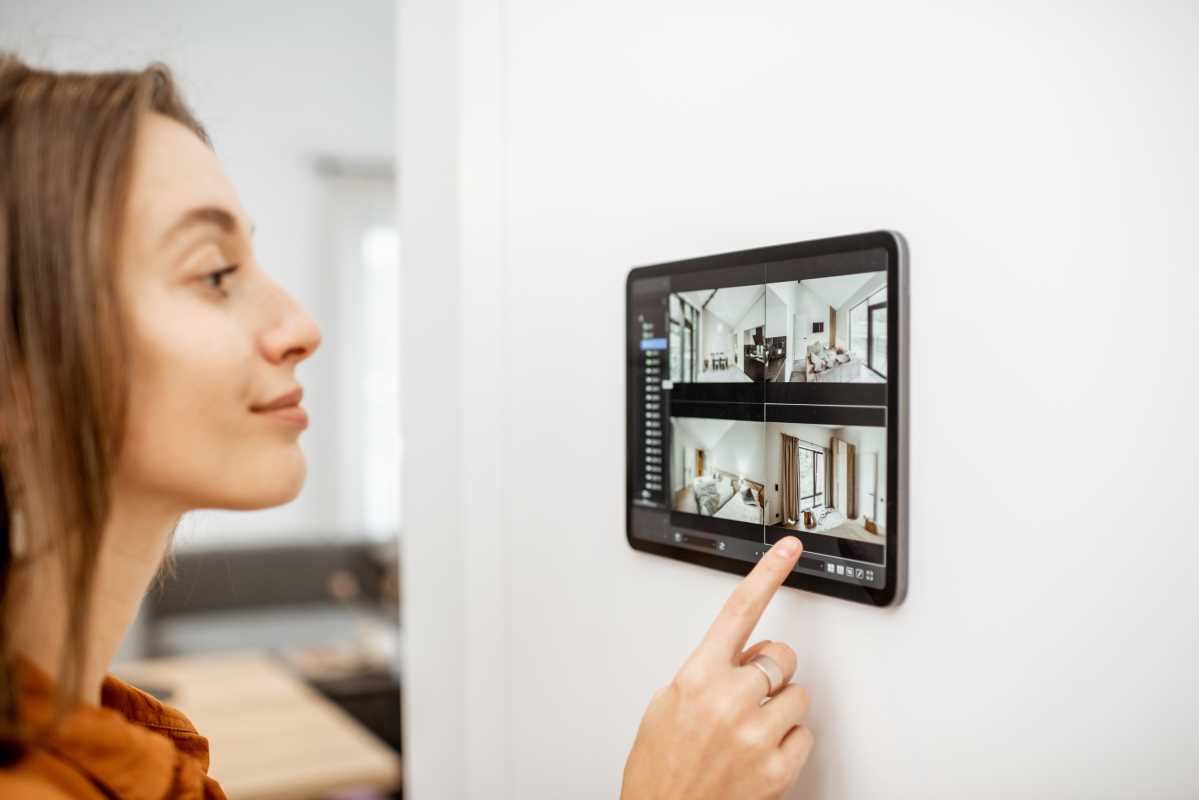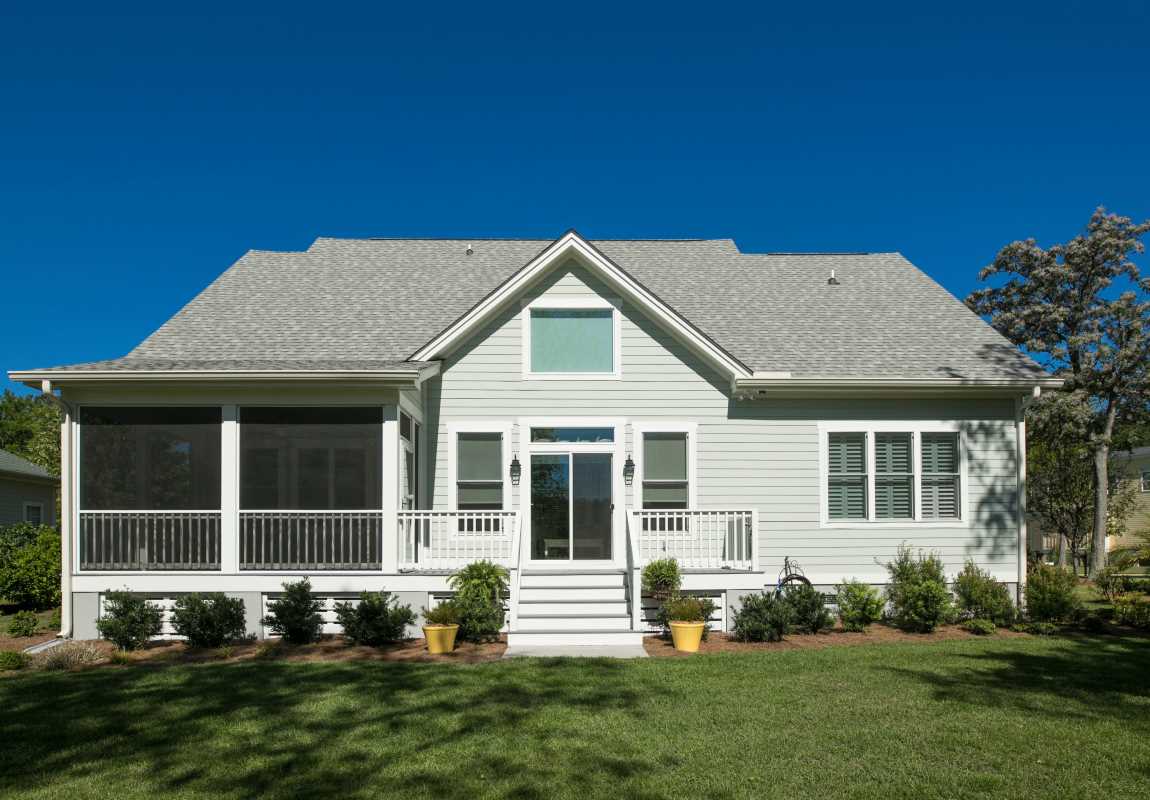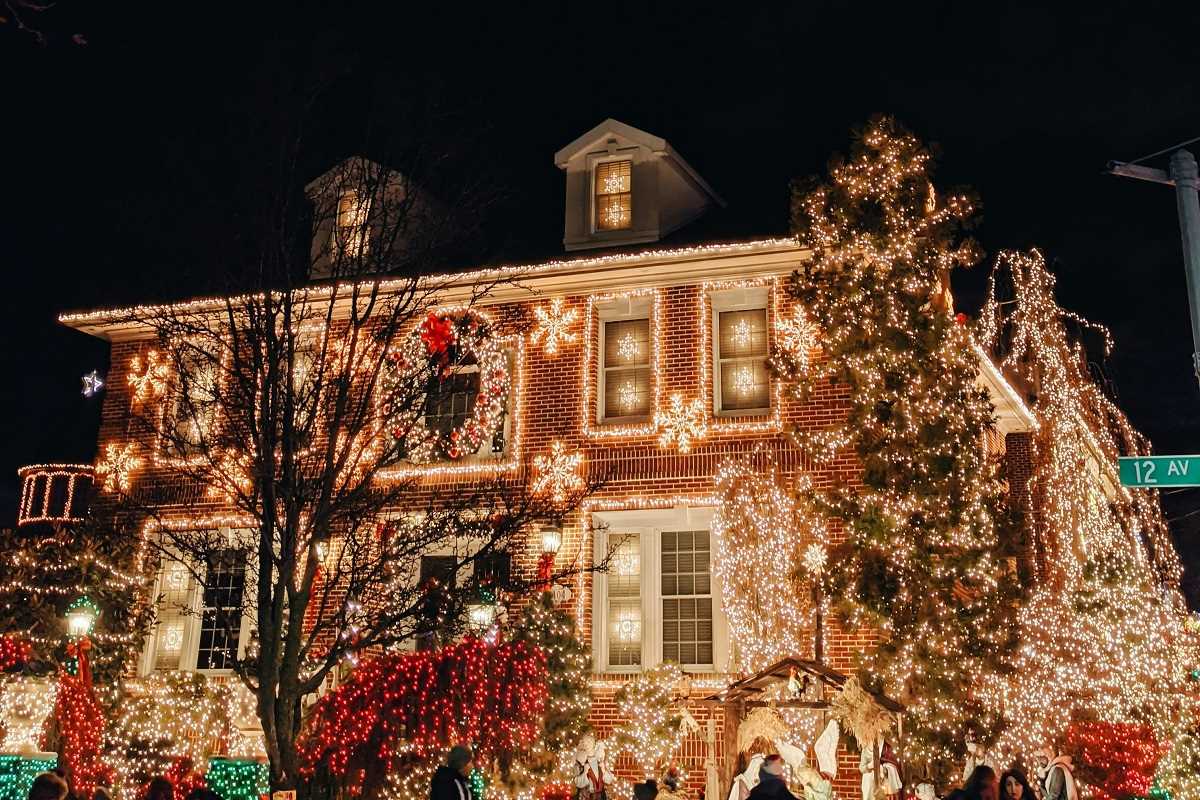Blending vintage and modern styles creates a beautiful, balanced space that feels both timeless and fresh. This approach brings together the charm and character of vintage pieces with the clean lines and functionality of modern design. Done right, design mixing results in a unique and visually interesting look that's truly one of a kind. But combining these contrasting styles can be tricky. This guide dives into specific techniques for blending vintage and modern elements in your home. With thoughtful planning, you can achieve a cohesive and stylish space that reflects your personality while honoring both the past and the present.
1. Establishing a Base Design Style
Starting with a clear foundation ensures your vintage and modern pieces don’t compete with one another. Choose which style will dominate the room and use the other as an accent. For example, a modern foundation with sleek furniture works beautifully when paired with vintage accent pieces like a tufted armchair or an ornate mirror.
Modern designs often feature neutral color schemes, minimalist furniture, and clean lines. This creates a simple canvas where vintage accents can stand out. For example, try pairing a contemporary gray sofa with a rustic, mid-century coffee table.
If vintage is your main style, use rich textures like velvet, wood, or leather in items like seating or accessories. Balance this with sleek, modern lighting or streamlined glass furniture to prevent the space from feeling overcrowded.
Stick to a unified color palette to tie everything together. For instance, earthy tones like beige, olive green, and rust blend effortlessly in mixed-style spaces.
2. Pairing Old and New Furniture
Combining furniture from different eras is key to achieving a layered look. Mix large, modern foundational pieces with smaller vintage accents, or vice versa.
- Use a neutral modern sofa and add a vintage armchair with a distinctive pattern or classic tufting.
- Pair a vintage dining table with contemporary acrylic or metal chairs for an eclectic, fresh feel.
- Add a modern, streamlined bed frame to a bedroom filled with vintage lamps and wooden dressers.
Avoid having too much of one style in one area. For example, in a dining room, balance a vintage farmhouse table with a modern chandelier to create a cohesive look.
Mixing materials like wood, glass, steel, and fabric can help your furniture choices feel more intentional rather than mismatched.
3. Using Vintage Décor as Conversation Pieces
Vintage items often come with a story, making them great for adding personality to your design. Highlight a few meaningful vintage items rather than trying to fit too many into one space.
- Hang vintage artwork in sleek, modern frames to balance old and new.
- Showcase antique vases or heirloom dishes on modern open shelving.
- Add a touch of history with a classic globe or retro typewriter on a contemporary console table.
Use vintage items sparingly to avoid an overcrowded or cluttered look. For example, one standout vintage accessory, like a gilded mirror, draws the eye in without compromising the clean lines of modern furniture.
Shop at thrift stores or flea markets for one-of-a-kind vintage finds that spark conversation.
4. Blending Materials and Textures
Mixed materials are the secret weapon of good design mixing. Combining different textures and finishes creates depth and visual interest.
- Concrete or marble tabletops contrast beautifully with vintage wood chairs.
- Leather or velvet vintage seating works well with modern glass or chrome accents.
- Pair rustic wood paneling or beams with sleek stainless steel or minimalist cabinetry in a kitchen.
Start by layering textures through textiles like rugs or throw blankets. For example, a soft vintage Persian rug can warm up a modern room filled with sharp, angular furniture.
Balance shiny modern finishes (like chrome) with softer vintage textures like distressed wood or aged leather.
5. Lighting That Complements Both Styles
Lighting is a subtle yet impactful element when combining styles. Modern lighting fixtures often have simpler lines, making them great for balancing the intricate details of vintage items.
- Add an industrial-style chandelier over a vintage wooden dining table.
- Use sleek, modern sconce lighting to highlight a vintage gallery wall.
- Place retro-inspired table lamps with contemporary shades in living or bedroom areas.
Dimmer switches allow you to control ambiance, making it easier to highlight both vintage and modern elements in your space.
6. Integrating Patterns and Prints
Mixing patterns is a great way to add character without overwhelming your design. Vintage patterns like florals or damask can contrast beautifully with modern geometric prints.
- Pair a vintage floral chair with a geometrically patterned throw pillow.
- Use a bold, modern area rug to ground a room filled with neutral vintage furniture.
- Add a graphic black-and-white print to a gallery wall featuring antique-style artwork.
Stick to one or two color families when integrating patterns. This keeps the space feeling cohesive rather than chaotic.
7. Accent Walls and Paint Choices
Walls play a critical role in tying together vintage and modern styles. Clean, neutral walls can make vintage pieces pop, while bold accent walls can add a modern twist.
- Hang vintage wallpaper on one wall for a statement look and keep the others neutral for balance.
- Choose a rich modern paint color, like deep navy or forest green, to backdrop vintage decor items.
- Use shiplap or wainscoting to introduce vintage detail contrasted by modern furniture.
Avoid overly ornate wall textures unless minimalist elements in the room balance them.
8. Keeping Clutter Under Control
Balance is key in a mixed-design space, and too much clutter can ruin it. Keep your space feeling airy and purposeful by editing down decorative pieces.
- Use modern, sleek storage solutions like built-in bookcases to display vintage items.
- Rotate seasonal decor so you’re not overwhelmed by too many layers at once.
- Group vintage and modern decor in odd numbers (like 3 or 5) for visual harmony.
A clutter-free vintage piece, such as a mid-century dresser, feels fresher and fits seamlessly alongside a minimalist modern bed.
